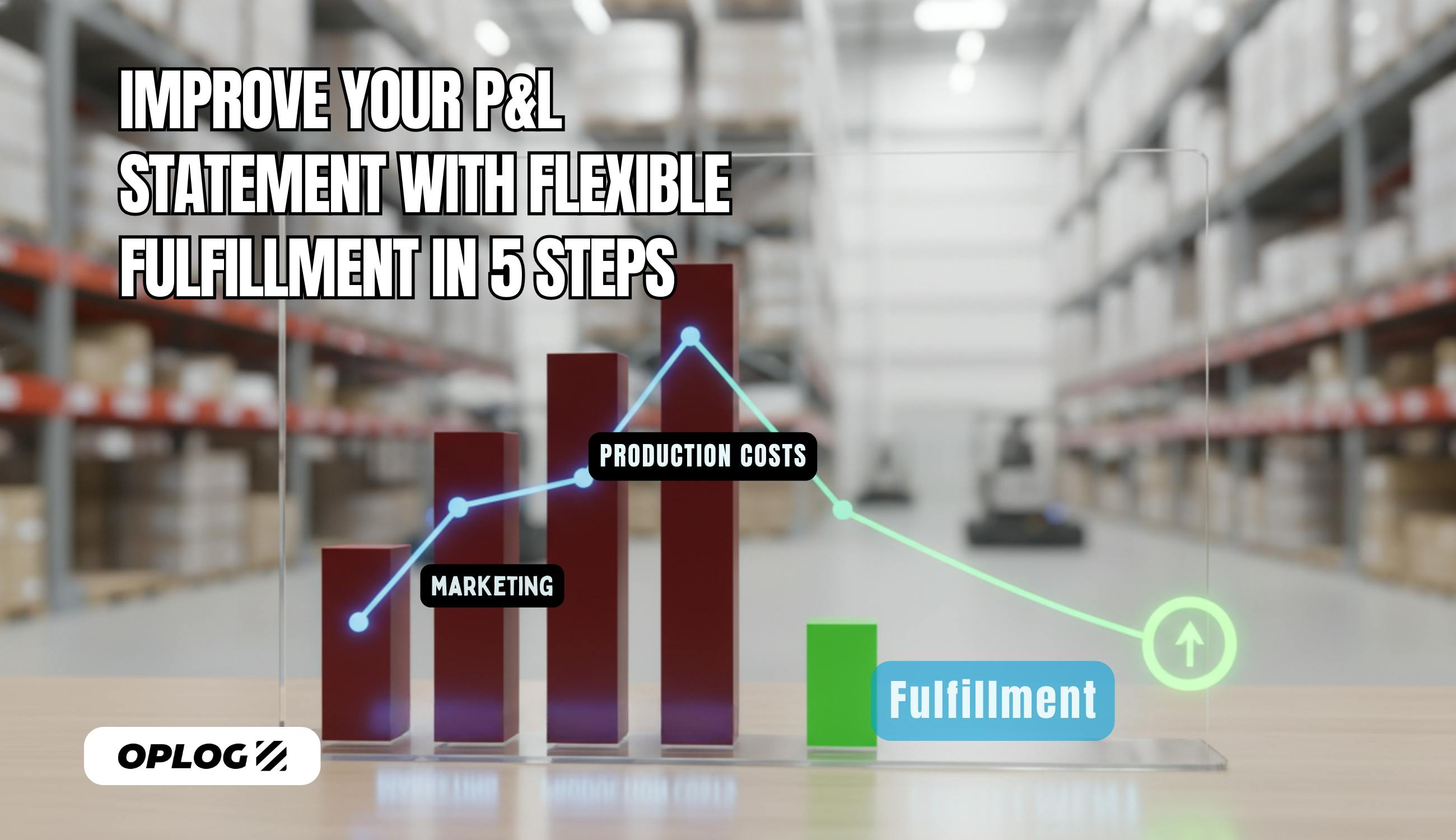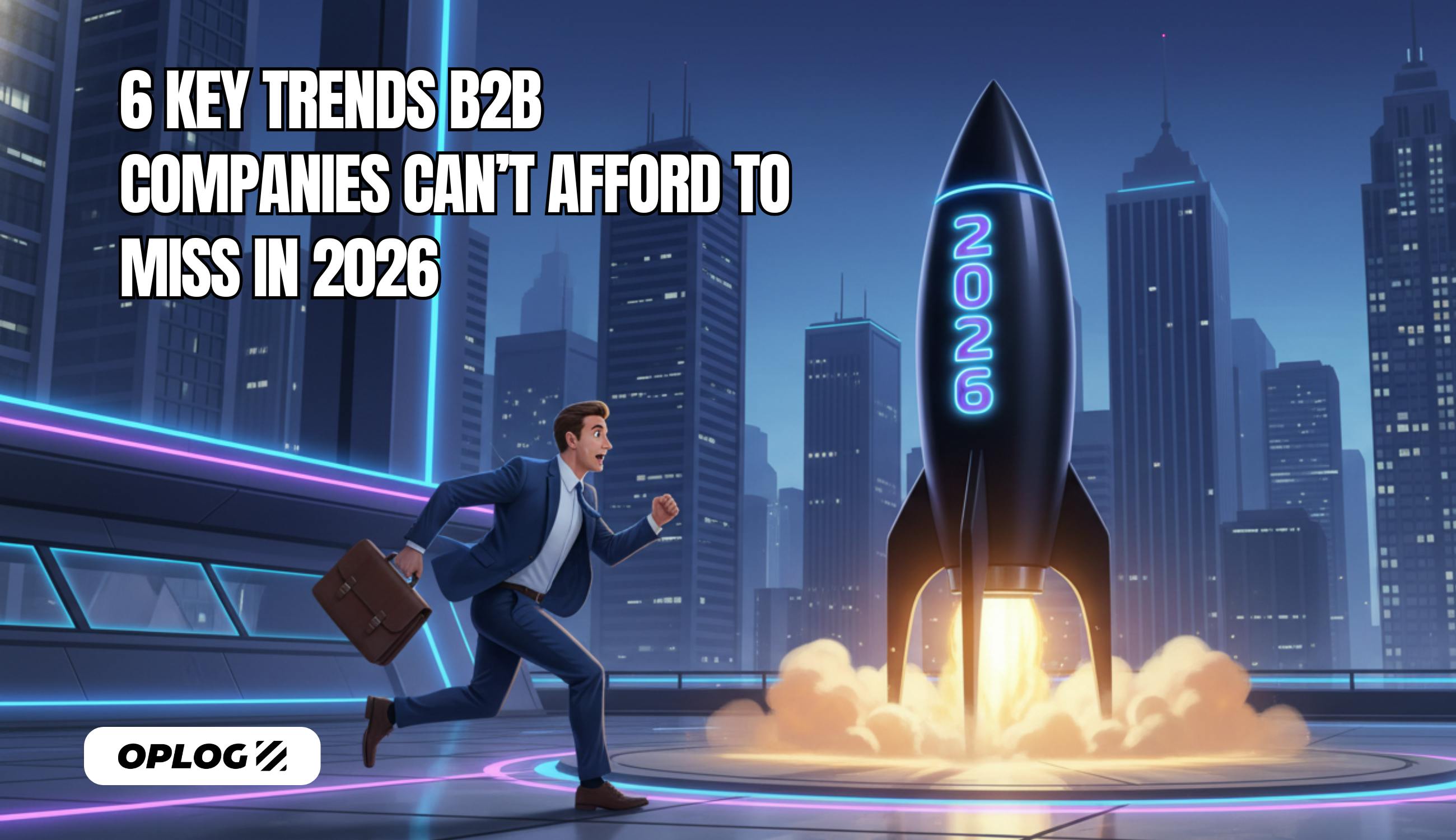5 Best Practices for B2B Retail Branding
Numerous B2B retail brands are vying for business and partnership opportunities with vendors, and big brands.
Knowing that your retail business is just one in a universe of others may have you thinking it’s a herculean task to build a reputable and preferred retail brand.
So, imagine having a secret recipe that could transform your B2B retail branding into an unstoppable force, captivating clients and leaving your competitors scratching their heads in awe.
You see, Branding is not just for B2C businesses. B2B retailers also need to stand out from the crowd, communicate their value proposition, and build trust with clients.
But how do you create an effective brand identity in a competitive and complex market?
In this article, we’ll discuss best practices for B2B retail branding that can help you achieve your goals.
To help you navigate the article easily, here is a summary of what will be covered.
- What B2B Retail Branding Is NOT?
- B2B vs. B2C Retail Branding
- 5 Best Practices for B2B Retail Branding
What B2B Retail Branding Is NOT?
We already covered what B2B retail branding is in this article. Now, we’ll discuss what B2B Retail Branding Is NOT!
In the realm of B2B businesses, retail branding is not a superficial facade or a cosmetic makeover. It is not simply a trendy logo or a catchy tagline slapped onto marketing materials. Retail branding is not about creating an illusion or manipulating perceptions; it is a holistic approach that goes beyond surface-level aesthetics.
It is not a quick fix or a short-term strategy; it requires a long-term commitment and consistent effort to build trust with current and potential vendors and to establish a strong reputation within the market. It is not a one-size-fits-all approach; it requires deep understanding of the target audience and tailoring the brand experience to their specific needs.
B2B vs. B2C Retail Branding
Retail branding for B2B business is different from retail branding for B2C business in some ways, such as:
Customers are more rational and less emotional
When it comes to B2B customers, their decisions are typically based on logic, data, and cost-benefit analysis rather than personal preferences or impulsive feelings.
To cater to this audience, your retail branding should emphasize the value proposition, the return on investment, and the problem-solving abilities of your products or services.
The sales process is more lengthy and complex
It is important to remember that your customers are not just individuals. They are organizations with multiple people involved in the decision-making process.
Each person may have unique needs and expectations when choosing a supplier.
Your retail branding should address their specific pain points and goals to effectively appeal to all these distinct types of customers.
More demanding customers
B2B customers are more informed and do their research before making a purchase. They have access to a wealth of online and offline information, and they carefully compare different suppliers.
As a result, it is essential for your retail branding to highlight your expertise, credibility, and unique qualities compared to your competitors.
Relationship with your customers is more long-term and collaborative
B2B customers prefer to have a partner rather than just a vendor. They desire to build a long-term and trustworthy relationship with you and anticipate you offering continuous assistance, reliability, and worth.
Hence, your retail branding must effectively convey your dedication, dependability, and promptness to your customers.
Marketing channels
B2C Branding: B2C branding employs a broader range of marketing channels, including traditional advertising (TV, radio, print), digital advertising, social media platforms, influencer marketing, e-commerce websites, and retail stores. The focus is on reaching a large consumer base and driving brand recognition and sales.
B2B Branding: B2B branding relies heavily on targeted marketing channels such as industry trade shows, conferences, professional networking events, and digital platforms like LinkedIn. The goal is to reach key decision-makers within the target organizations and establish a strong industry presence.
Furthermore, for your marketing efforts to succeed, consider B2B branding as a whole with your products and operations. Regarding B2B, it's essential to prioritize effective communication and building solid relationships with wholesalers and dealerships. These relationships ensure a smooth and seamless experience for all stakeholders involved. Need help figuring out where to start? Look at OPLOG's omnichannel fulfillment service, the choice of industry giants like SONY and Tupperware!
5 Best Practices for B2B Retail Branding
For effective branding, your business needs to have a standout feature, among other features widely appreciated by vendors or partner businesses.
Let us examine global brands that are maximizing B2B retail branding and have been doing so successfully for many years.
OPLOG
OPLOG is a tech-enabled omnichannel fulfillment platform that provides logistics and value-added services to other businesses that need to ship, store, or distribute their products.
OPLOG offers businesses a centralized vendor management system that helps users track and manage orders, shipments, and payments. Companies can manage vendor performance across different retail channels while staying compliant.
The centralized vendor management system allows businesses to see which channels perform best and adjust their marketing and branding strategy accordingly.
For example, if Fenty sees its products performing well in Sephora, it may partner with Foot Locker to create more exclusive deals, products, and experiences.
Nike
Nike has a robust B2B brand reputation that attracts vendors who want to partner with a leading sports apparel company.
Hence, it focuses on building partnerships with retailers to create exclusive products and experiences.
Nike partnered with Foot Locker to create the "NikeLab" concept store, which offers a curated selection of Nike products and services.
Another example is the company’s partnership with retailers to create custom sneakers, such as the Air Jordan 1 "Chicago" released exclusively through Foot Locker.
Also, Nike focuses on quality and safety. Hence, the company offers a training program to provide its vendors with training on its products, quality standards, and safety procedures.
This helps to ensure that its vendors can meet its high standards.
Walmart
Walmart applies two branding features to its B2B retailing. One is the vendor scorecard system, while the other is consumer insights.
The Vendor Scorecard system assesses the performance of its vendors. The scorecard is based on several factors: product quality, on-time delivery, pricing, and customer service.
Here is an example of how the vendor scorecard works:
Product quality: Walmart rates each vendor on the quality of its products. This includes factors such as the accuracy of the product description, the functionality of the product, and the overall quality of the packaging.
On-time delivery: This includes factors such as the number of late deliveries, the number of backorders, and the overall accuracy of the delivery schedule.
Pricing: Walmart rates each vendor on its pricing, including factors such as the overall price of the product, competitiveness, and flexibility of the vendor's pricing.
Customer service: This includes factors such as the responsiveness of the vendor's customer service team, the helpfulness of the customer service team, and the overall satisfaction of Walmart's customers.
The vendor scorecard is a valuable tool for Walmart because it helps the company to identify the best vendors to partner with. The scorecard also helps Walmart to improve its relationships with vendors by identifying areas where it can improve.
Walmart also uses its size and scale to share Consumer insights and negotiate favorable terms with vendors.
Walmart has gotten exclusive deals from major brands, such as Coca-Cola and Procter & Gamble, using its data to help vendors target their products to the right customers.
Zara
Zara has a distinctive B2B brand positioning focusing on fast fashion, innovation, and sustainability.
The company's focus on these three areas has helped it to become one of the most successful fashion retailers in the world.
Fast fashion is a business model allowing companies to quickly bring new trends to market. This is done by shortening the product development cycle and using a vertically integrated supply chain. Zara is a pioneer of fast fashion, and its ability to quickly bring new trends to market has helped it attract many vendors and a fashion-conscious base.
Innovation is another crucial part of Zara's branding strategy. The company is constantly investing in new technologies and processes, which allows it to stay ahead of the competition. For example,
Zara uses a vertically integrated supply chain, which controls all aspects of the production process. This allows Zara to be more responsive to changes in fashion trends and to bring new products to market more quickly. Zara is also investing in new technologies, such as artificial intelligence and machine learning, which will help the company improve its supply chain.
Sustainability is becoming increasingly important to consumers, and Zara is making its brand more sustainable. For example, the company has pledged to use 100% sustainable cotton by 2025.
By focusing on fast fashion, innovation, and sustainability, Zara has created a unique and differentiated brand that is appealing to a wide range of vendors who seek partnerships with the brand.
Target
Target displays products from its vendors in its stores to provide customers with a one-stop shopping experience.
When Target uses its stores to showcase products from its vendors, it essentially uses its brand to promote those vendors' brands. This can be a very effective way for vendors to reach a wider audience and grow their businesses.
There are a few reasons why Target's stores are such a valuable platform for B2B retail branding. First, Target is a well-known and respected brand with a large and loyal customer base. This means vendors who partner with Target are immediately exposed to many potential customers.
Also, Target is a reliable and trustworthy partner. Vendors can be confident that their products will be well-represented in Target stores and that they will receive timely payments.
Final thoughts
B2B retail branding is essential to any business that sells products or services to other companies. It helps to differentiate your business from competitors, communicate value propositions, and build trust and loyalty with vendors.
By analyzing the listed best practices, you can implement strategies that best fit your business, building a brand reputation that will set you apart in the B2B retail space.
By implementing these best practices, B2B retail businesses can establish a strong brand presence, differentiate themselves from competitors, and build lasting relationships with vendors. Remember, building a successful brand is an ongoing process that requires continuous adaptation, innovation, and attention to customer needs. OPLOG offers a comprehensive solution for both B2B and B2C operations, streamlining order management, logistics, and enhancing customer satisfaction.
Contact us today to speak with our fulfillment experts and learn how OPLOG can help your business grow.






